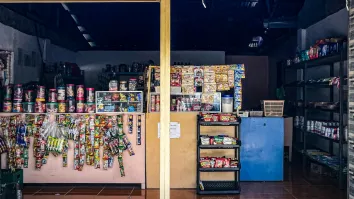
Digital payments make up 53% of Australia’s e-commerce in 2024
The country's e-commerce market is projected to reach $70.3b by 2029.
Alternative payment methods like mobile wallets and buy now, pay later (BNPL) solutions now account for 53% of Australia’s e-commerce payments in 2024, surpassing traditional cash and card payments, GlobalData reported.
The report said these digital solutions are powering seamless transactions and fueling online sales growth.
The Australian e-commerce market is expected to grow at a 6.5% compound annual growth rate (CAGR), reaching $70.3b (AUD105.8b) by 2029, up from $51.3 b (AUD77.2b) in 2024.
"This growth can be attributed to the availability of secure online payment tools, an increasing number of online shoppers, and the rise of online merchants and payment options," Shivani Gupta, senior banking and payments analyst at GlobalData, said.
"Furthermore, the popularity of online shopping events like Black Friday, Cyber Monday, and Afterpay Day has further fuelled the expansion of e-commerce," he added.
Australia Post reported 7.6 million households made online purchases in November-December 2024, a 2.4% increase year-on-year. Secure payment options, such as Mastercard Identity Check, and BNPL platforms like Afterpay, have boosted consumer confidence.
GlobalData’s 2024 survey showed PayPal is the most popular payment method, followed by Apple Pay, while BNPL brands like Afterpay, Zip, and Klarna are gaining traction.
Payment cards, accounting for 38.7% of transactions, remain the second-most used payment method, with cash making up just 3.1%.
“The uptrend in e-commerce sales is likely to continue over the next few years supported by evolving consumer preferences, improving payment infrastructure, and proliferation of alternative payment solutions," said Gupta.
Australia’s e-commerce market is expected to continue its upward trend, with a projected 8% growth in 2025, reaching $55.4b (AUD83.4b), he added.



















 Advertise
Advertise





